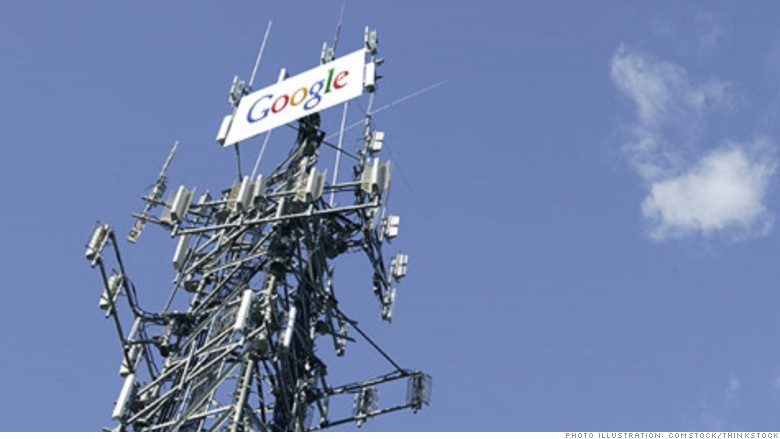A recent filing by Google with the Federal Communications Commission (FCC) shows that a device with wireless capability could soon be tested by the search engine giant. According to a report on Business Insider, the site has connected the dots and says that one of the contacts listed on the filings is Mike Jazayeri, who originally worked on the Cardboard VR headset and is currently the director of product management in Google’s VR group.
As such, if Google is testing a wireless VR headset, it is possible that this filing is part of their efforts to create some new virtual reality hardware for consumer use.
But here is where I would like to deviate. I could be way off, but from various clues in the filing, I don’t think this is connected with Virtual Reality at all. It could actually be something to do with wireless Internet connectivity that Google Fiber is currently testing simultaneously with Webpass, a wireless internet service provider they recently acquired.
For one, the filing seems to be talking about two “transmitters” with “antennae” that operate in a wide range of between 2.4 GHz and 5.8 GHz. We know this from the filing, as well as a note that the FCC sent to Google with the question: “Does the one device truly transmit across the entire 2.4-5.8 GHz band? If not, this band should be broken up into sub-bands in which the device actually transmits.”
In the filing for the STA (Special Temporary Authority) itself, there is this question:
“Will the antenna extend more than 6 meters above the ground, or if mounted on an existing building, will it extend more than 6 meters above the building, or will the proposed antenna be mounted on an existing structure other than a building?”
Google’s Answer: “No”
That’s the first clue. If this were related to wireless VR, it would involve Bluetooth or WiFi, and all Bluetooth channels operate in a bandwidth of 2,400 MHz to 2,483.5 MHz. So the mention of a 5.8 GHz signal leads to the conclusion that they can’t be talking about Bluetooth.
From a frequency perspective, 2.4 GHz is currently the standard for most wireless devices. 5 GHz (802.11n and 802.11ac wireless standards), on the other hand, is less used because it has trouble passing through solid objects. But a lot of research is currently underway to see how higher frequency signals such as 5 GHz or Millimeter Wave technology (60 GHz) can be used more effectively for high-speed internet connectivity, and Google is one of the companies involved in that research.
The second clue is that the filing talks about interference caused to “residential digital devices.” Unless the device were transmitting continuously – as a wireless internet device might – I don’t think Google would refer to interference with other devices.
The third clue is a mention of “the Device’s electrical, mechanical, thermal, optical and RF exposure (SAR) safety.” If they were developing a technology alternative to Bluetooth, they’d need to get into this, but not for a wireless VR headset that would work on Bluetooth or WiFi. Intel already has such a wireless VR headset codenamed Project Alloy, so it’s unlikely that Google would want to develop something from scratch, which could take years to accomplish.
The fourth clue is the purpose of the filing:
“enable testing of radios in a way that is likely to contribute to the development, extension, expansion, or utilization of the radio art.”
So, obviously, this is a radio transmission device they’re talking about. Moreover, the filing says that the device is not for public use, which they’re not likely to say for a VR device.
The fifth and final clue could be completely off the map, but the document itself has a file name “GetAtt.html”.
My guess is that they’re testing two different transmission devices operating at different frequencies to see which can best overcome line-of-sight challenges for wireless internet while maximizing the data-carrying capacity. To me, that reeks of high-speed wireless internet.
I know I might end up eating my words, but the clues are so strong that I can’t help wondering if Business Insider has it completely wrong. After all, the only clue they went by is the fact that Mike Jazayeri is one of the listed contacts.
Thanks for reading our work! Please bookmark 1redDrop.com to keep tabs on the hottest, most happening tech and business news from around the world. On Apple News, please favorite the 1redDrop channel to get us in your news feed.



